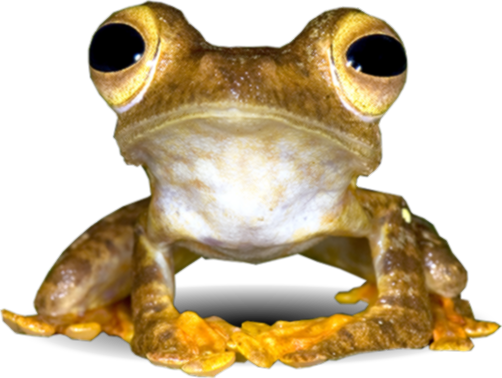In Peninsular Malaysia, there are eight species and two varieties of the genus Anerincleistus (Melastomataceae), of which four are endemic to Peninsular Malaysia and Anerincleistus macranthus King is one of these. It is a common highland species occurring from 1400 to 1890 m altitude. To date, this species is recorded from Pahang and Perak.
The name Anerincleistus comes from a combination of the Greek words meaning ‘aner’ man and ‘enkleistos’ is enclosed, with reference to the anthers being inserted in extra-ovarian chambers. The specific epithet ‘macranthus’ is refers to the large flowers.
Anerincleistus macranthus is a small shrub 1−3 m tall or sometimes a treelet ca. 7 m tall. The branches are spreading and the branchlets are 4-ridged, later terete, lenticellate, often somewhat corky and glabrous. The leaves are opposite and are often slightly unequal. The petiole is 1−2.5 cm long. The blades are thin, elliptic to oblanceolate and measure (5−)7−13(−14) × (2−)2.5−5(−5.5) cm. The apex is acuminate and 1−1.5 cm long. The leaf base is narrowed or cuneate and the leaf margin is entire or has minutely setaceous teeth.
The umbellate inflorescences are mostly terminal and 3−7 cm long with normally 8, rarely 9, flowers. The bracts are rose pink, leaf-like, lanceolate (1.6−2.5 × 0.8−1.2 cm) and enclose the young inflorescences. They are tardily caducous, unlike most other species where the bracts are early caducous. The flowers are 4−merous. The calyx is covered with densely with strigose hairs; the tube is 5−7 mm long and angular, while the 4 linear-lanceolate lobes measure ca. 4 mm long. The purplish pink petals are ovate (ca. 4 mm long) with an acuminate apex and a rounded base. The stamens number 8, and usually are unequal in length and the bluish purple anthers (4−7 mm long) are sinuate and rostrate. The style is 1−1.4 cm long and whitish purple. The capsule is subglobose and ca. 6 × 5 mm.
